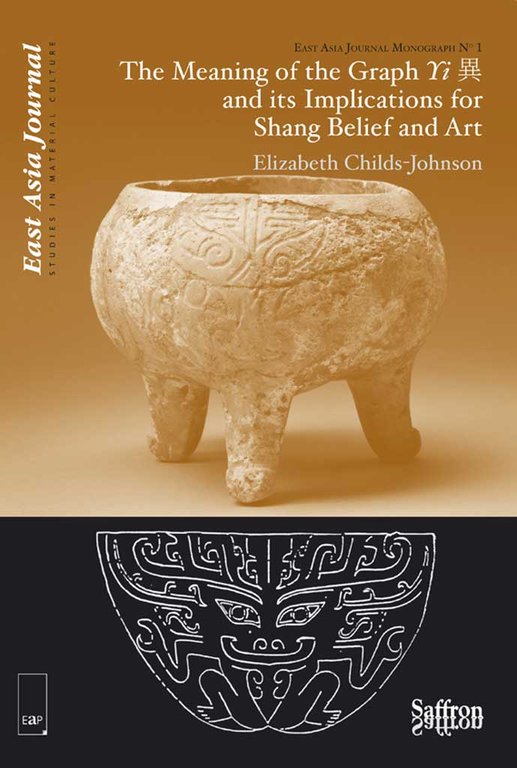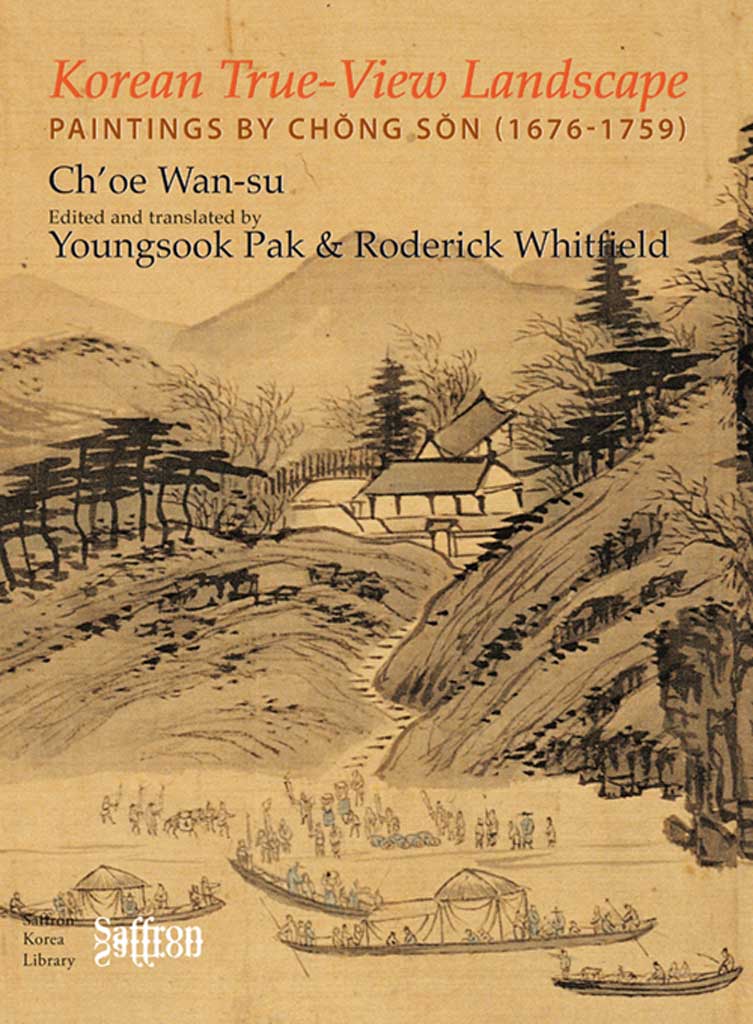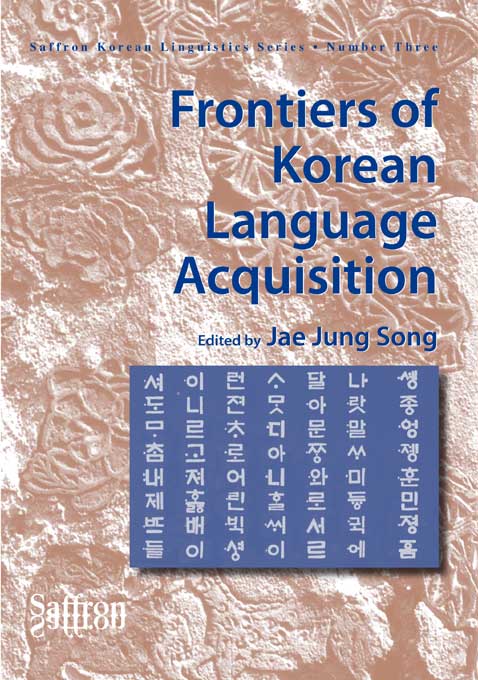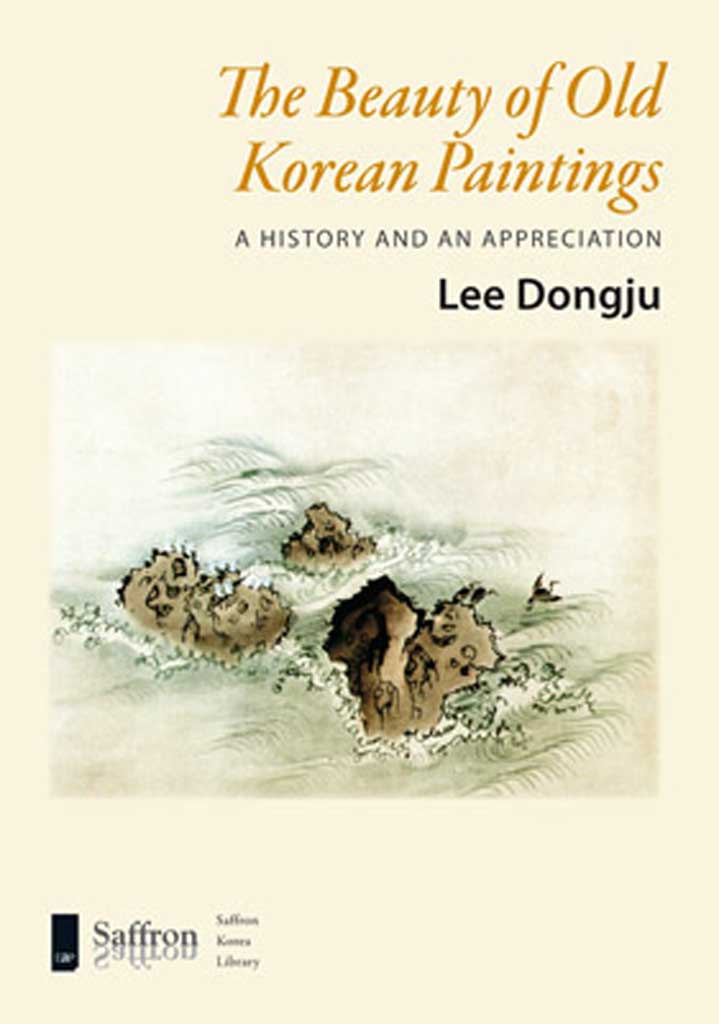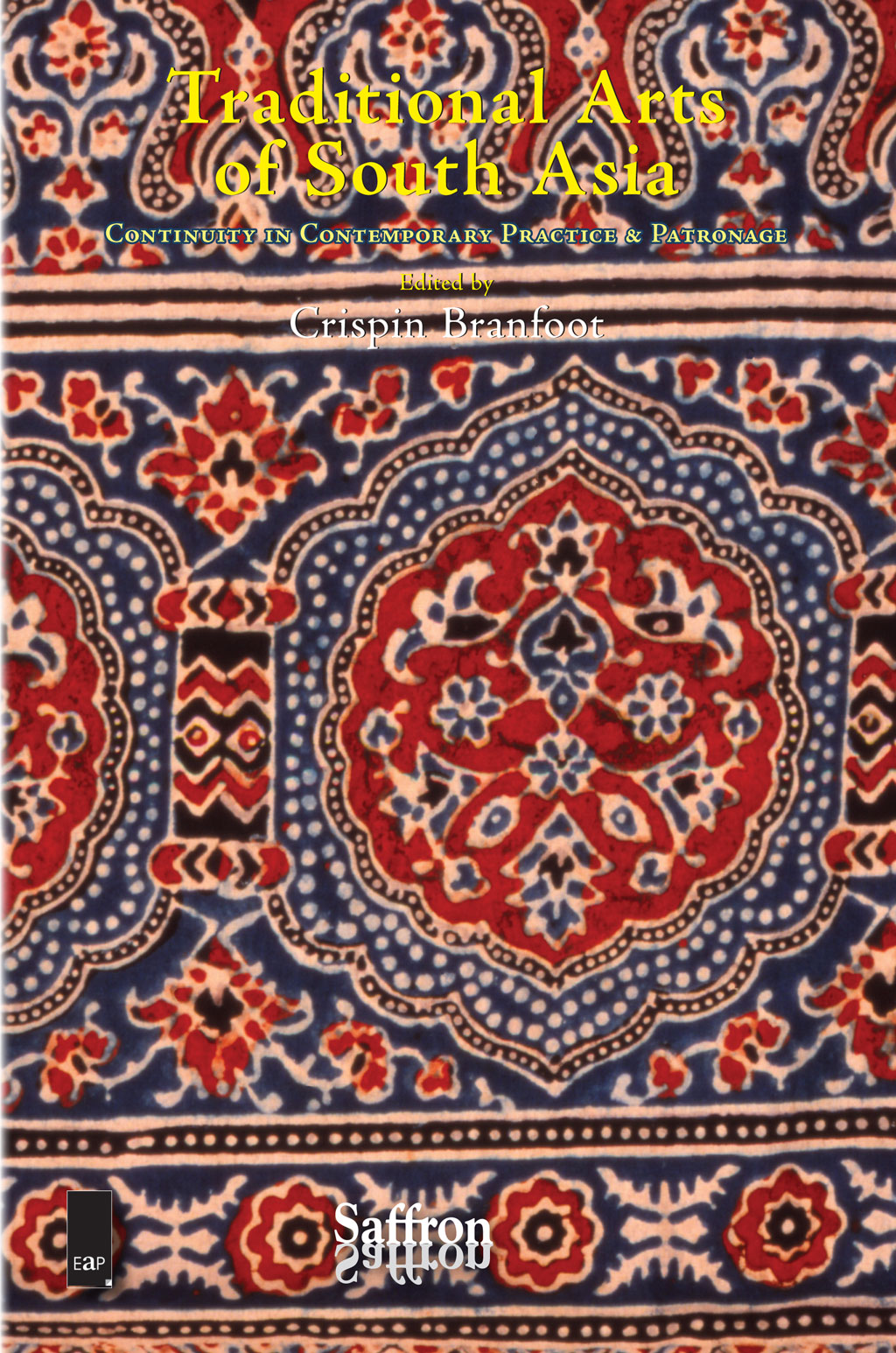Description
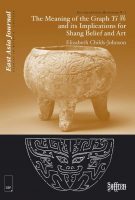 The Meaning of the Graph Yi and Its Implications for Shang Belief and Art (9781872843636/1464-0414
The Meaning of the Graph Yi and Its Implications for Shang Belief and Art (9781872843636/1464-0414
Elizabeth Childs-Johnson) is an East Asia Journal Monograph in a series, part of East Asia Journal. The author uses a combination of written and graphic data to identify the meaning of the so-called taotie mask and the basis of Shang religion.
Publisher’s list price £16.50
£16.50 / unit(s) *
Delivery weight: 500 g
In stock
can be shipped within 3-28 days
Description
Elizabeth Childs-Johnson
In this monograph, in a departure from previous analyses, Elizabeth Childs-Johnson uses a combination of written and graphic data to identify the meaning of the so-called taotie mask and the basis of Shang religion. By utilising paleographic and representational evidence Childs-Johnson puts into perspective for the first time that Shang belief was not limited to the worship of royal dead ancestor spirits. She analyses the meaning of several pivotal oracle bone graphs, in particular yi, illustrating that Shang belief was founded on the concept of spirit metamorphosis. She identifies yi as meaning ‘to undergo metamorphosis of/by a spirit.’
This fundamental belief in metamorphosis, and the power associated with it, also underlies the meaning behind Shang ritual representations, which has been extensively examined in several previous studies.
The significance of these analyses is monumental in explaining that early Chinese belief embraces more than the worship of dead ancestor spirits, that the setting for the birth of Chinese civilisation is more complex in incorporating the basic belief in the power to take on the power of another in the spirit realm. Students and China watchers of all levels will benefit from reading this study, not only because it answers many questions about traditional Chinese belief but enriches our understanding of the earliest dynastic period and its art in China.
About the Author
Elizabeth Childs-Johnson is a sinologist specializing in Chinese art and archaeology of the Neolithic through Han eras. In the departments of Art and Asian Studies at Old Dominion University she holds the positions of Senior Research Associate and Adjunct Associate Professor of Art History. She is a recent recipient of an American Council of Learned Societies Fellowship and a National Gallery of Art, J. Paul Getty Trust Paired Research Fellowship that has enabled completion of a study that will be published by Stanford University Press, The Birth of the Chinese Ancestor Cult: The Shang and Their Ritual Bronzes. This two volume study reviews ritual and belief from Early, Middle and Late Shang eras. She currently serves on the editorial board of Chinese Archaeology (Digests), published by the Department of Archaeology, CASS, Beijing, and recently served as Senior Cultural Property Consultant to the Cultural Property Center at the U.S. State Department, Washington, D.C. and as Research Associate at the International Liangzhu Culture Studies Center in Yuhang, Zhejiang, PRC.
Childs-Johnson has published various state-of-the-art catalogues on jades of Neolithic through Han date (Lustrous, Enduring and Translucent: Jades from Traditional China, NY: Weisbrod Chinese Art Ltd., 1999; Enduring Art of Jade Age China, vol. 1. 2001 and vol. 2, 2002, New York: Throckmorton Fine Art Ltd) and a lengthy study of Late Neolithic and early Bronze Age jade-working cultures, “The Archaeological and Artistic Evidence for Jade as a Power Symbol during the Pivotal Period of 4000-2000BCE (Three Jade Age Cultures).”
The latter study introduces three newly discovered cultures working jade that were primary stimulants to the rise of civilization in China (see also, e.g., “Jade As Material and Epoch, “ Ch. 1 in China: 5000 Years, Innovation and Transformation in the Arts, New York: Solomon R. Guggenheim Museum, 1997, 55-68). She not only initiated exhibits focused on these jade cultures at China Institute in l988 (Ritual and Power: Jades of Ancient China, New York: China Institute in America) but will publish with co-collaborator Gu Fang and Science Press in Beijing the volume, in English and Chinese, titled Early Chinese Jades in American Museums, this fall of 2006.
Her most significant work has been in her study of early Chinese belief, identifying the function of ritual bronze vessels of Shang date through an analysis of oracle bone inscriptions, archaeological and art historical data, followed by the identification of the meaning of Shang imagery and belief. She has coined the term “metamorphic” to explain Shang royal imagery (see “The Metamorphic Image: A Predominant Theme in Shang Ritual Art,” Bulletin of the Museum of Far Eastern Antiquities No.70 (Stockholm), l998, 5-171; “Jade as Confucian Ideal, Immortal Cloak, and Medium for the Metamorphic “Fetal Pose””in Enduring Art of Jade Age China Volume, vol. 2, 15-24. “Metamorphic Imagery in Early Chinese Art, “ Kaikodo Journal Feb. 1998, 30-51). These novel identifications that have provoked reevaluations of traditional interpretations have been translated and published in Chinese (see, e.g., “殷商時代的藝術與甲骨上之”異“跟他意議 (Yi and Related Issues of Belief in Shang Times,” in an upcoming issue of Zhongyuan Wenwu; “商時代的” 變形”之信仰 與代表法(Metamorphic Imagery and Belief in Shang Times),” “International Conference In Honor of the 70th Year Since Discovery of Sanxingdui and the Birth of Shang Civilization Symposium Papers,” 7/ 26-28/ 2000, Guanghan, Sichuan).
She has also brought to light the significance of the earliest female general in Shang history, Fu Zi in several articles and will publish a monograph on the powerful leader in the near future.
She has contributed to a further area of research, the cultures of the Three Gorges of the Yangtze River valley. The latter research has concentrated in the area that has been transformed by the construction of the biggest dam in the world, located at Sandouping, Sichuan. She was the primary consultant for the award winning documentary, The Great Wall Across the Yangtze that aired on PBS (Public Broadcasting Station) in 2000 and won the Berkeley award of most interesting documentary the same year.
Additional product information
Publisher, Year and Edition London: Saffron Books, 2008, First Edition
ISBN-13 / ISBN-10 9781872843636 / 1872843638
Series East Asia Journal Monographs | ISSN 1464-0414
Pages 96
Illustrations, Colour & B&W 31
Binding and Size h x w mm Soft cover, 230mm(h)x156mm
Spine 6
Shipping Weight [grams] 500

